1. Riding Bikes Until the Streetlights Came On
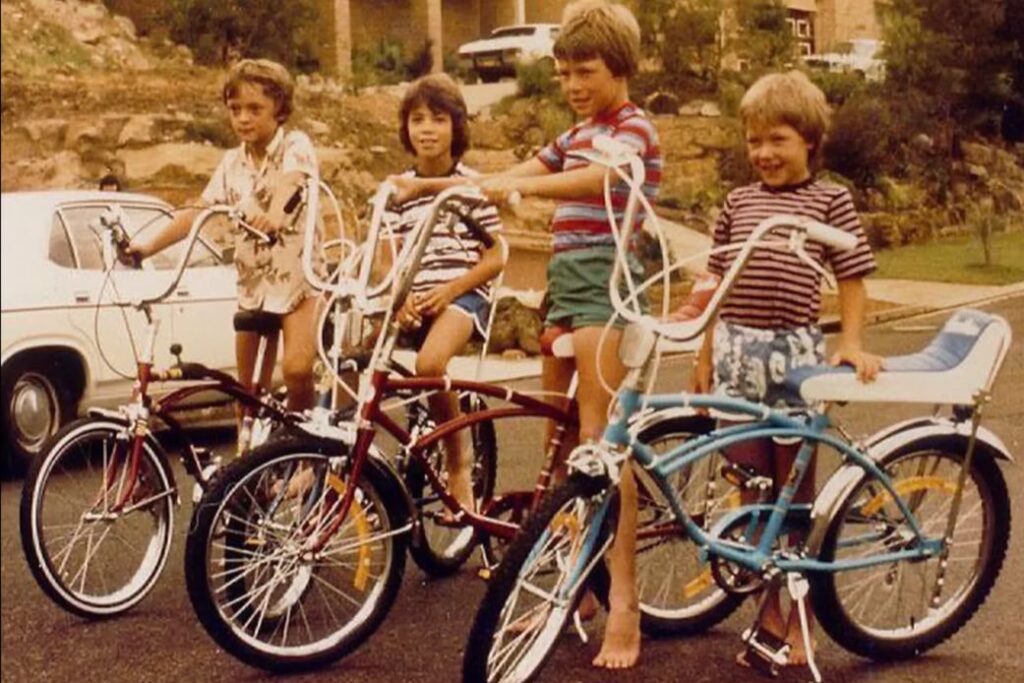
For kids in the ’60s, ’70s, and ’80s, the bicycle was the ultimate passport to freedom. In an era before cell phones, GPS tracking, and parent-directed play, a bike meant the ability to explore one’s entire world. A 2012 study published in the Journal of Transport Geography noted a significant decline in independent mobility for children in Western countries since the 1970s, citing an increase in parental supervision and “stranger danger” fears as key factors. However, for those earlier generations, a bike trip wasn’t about a destination; it was about the journey, often a series of aimless, winding explorations through the neighborhood, down to the corner store for a pack of baseball cards, or to a friend’s house a mile away.
2. Running Through the Sprinkler
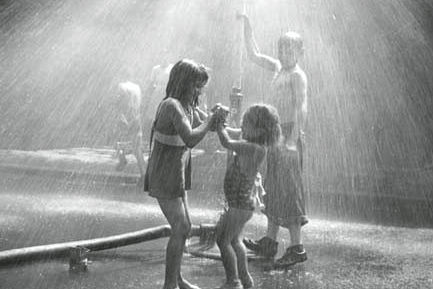
Before the era of elaborate backyard pools and expensive water park excursions, summer heat relief was a far simpler, more universally accessible affair: the humble lawn sprinkler. The ritual was effortless: a garden hose, a small metal sprinkler head, and a stretch of green lawn. The simple act transformed an ordinary backyard into a chaotic, joyous water playground. Children would shriek with a blend of surprise and delight, chasing each other through the unpredictable arcs of cold water, a purely kinetic form of play that required no rules, no teams, and no equipment beyond the water itself. This kind of spontaneous, unstructured play is invaluable; the American Academy of Pediatrics emphasizes that free play is essential for a child’s cognitive, physical, and emotional well-being, fostering creativity and problem-solving skills that highly structured activities often inhibit. The goal wasn’t to stay dry or clean, but the opposite, to become completely drenched, with clothes plastered to the skin and feet caked in a satisfying mix of grass clippings and mud.
3. Lemonade Stands
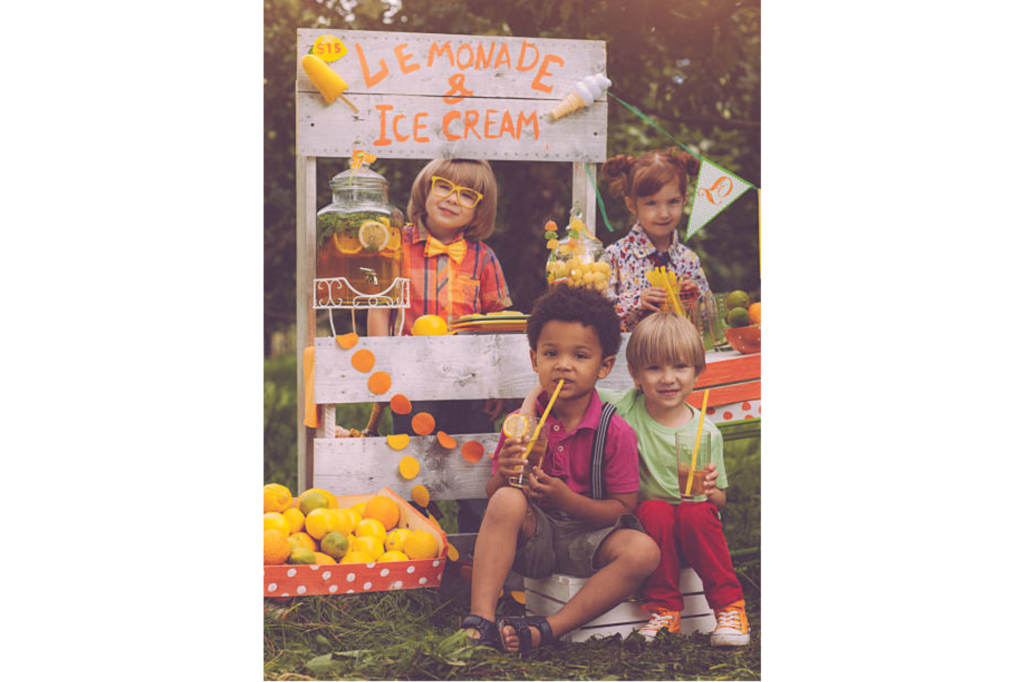
The ubiquitous lemonade stand was less a business venture and more a foundational lesson in grassroots entrepreneurship and community interaction. Typically involving a wobbly card table, a handmade sign scrawled in crayon, and a pitcher of often-watery, overly-sweet concoction, the stand represented a child’s first independent attempt at the economy. While the actual revenue generated was often negligible, a 2017 survey by the Small Business Trends Alliance suggested the average lemonade stand made only about $20-$30 in a day, the psychological payout was enormous. The value lay not in the profits, but in the process: developing a sales pitch, calculating change with shaky arithmetic, and the pride of interacting with supportive neighbors who often gave a quarter not for the quality of the drink, but to encourage the young “proprietor.” It provided a real-world, low-stakes environment for learning social etiquette, handling money, and experiencing the satisfaction of earning one’s own funds, which were almost immediately reinvested into a stash of penny candy at the nearest corner store.
4. Playing Kickball in the Street
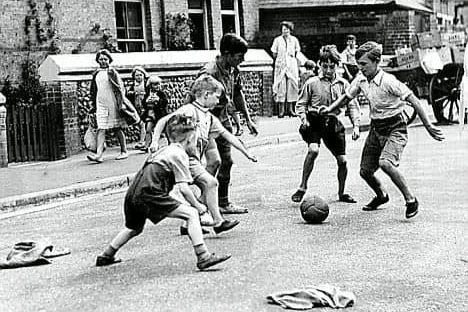
Long before childhood sports became dominated by hyper-organized travel leagues and year-round specialization, kickball in the street was the quintessential unstructured, neighborhood game. The only requirements were a large, bouncy playground ball, a stretch of pavement, and a consensus of neighborhood kids. The rules were fluid and adaptable: bases were spontaneously designated by manhole covers, discarded jackets, or chalk marks. The game was an exercise in pure, spontaneous democracy, with older kids automatically becoming captains and rules being debated and agreed upon in real-time. This type of “sandlot” play, a term popularized by the unstructured athletic fields of decades past, is crucial for developing social skills and emotional intelligence, as children must negotiate disagreements, manage conflict, and learn to navigate group dynamics without adult intervention.
5. Chalk Art Masterpieces
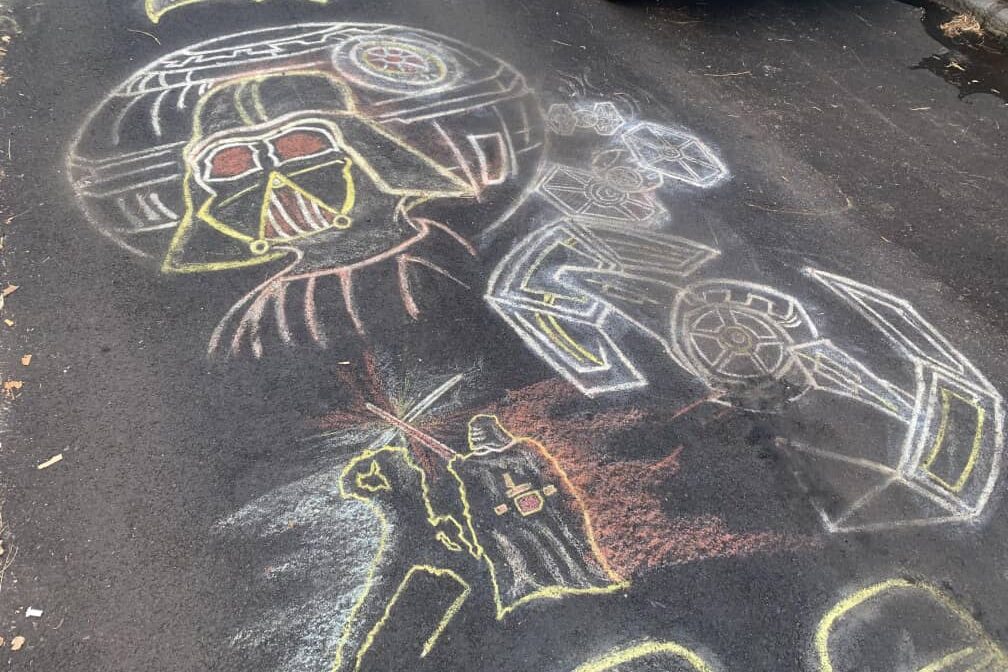
The simple, inexpensive box of chalk sticks turned the drab sidewalks and driveways into expansive, temporary canvases. This was a primal form of artistic expression, a way for children to literally leave their mark on the world, if only until the next rain shower. The creations were varied, ranging from the purely functional, detailed hopscotch grids and complicated mazes designed to be run, to the purely imaginative, wobbly rainbows, fantastical creatures, and portraits of family members. Chalk art provided a safe, public space for creativity that required no special skills or expensive materials, lowering the barrier to entry for self-expression. Art educators often stress the value of this kind of large-scale, ephemeral work for developing spatial reasoning and gross motor skills.
6. Camping in the Backyard
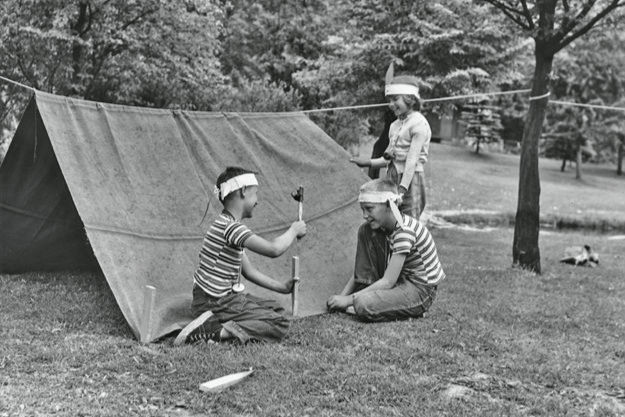
The backyard served as the ideal laboratory for risk-free adventure, and camping there was the ultimate childhood rite of passage. It was an exercise in independence and imagination, a way to test the boundaries of comfort while knowing the secure comforts of home were just a few steps away. The setup was part of the fun: wrestling with lumpy tents, wrestling with sleeping bags that smelled faintly of storage, and strategically positioning flashlights. A key element was the telling of ghost stories, a whispered tradition that peaked with a perfectly timed scare, often leading to a collective, nervous giggle. According to the Child Mind Institute, activities like backyard camping are vital for building resilience and coping mechanisms, as they allow children to manage low-level anxiety and practice independence in a controlled environment.
7. Running to the Ice Cream Truck
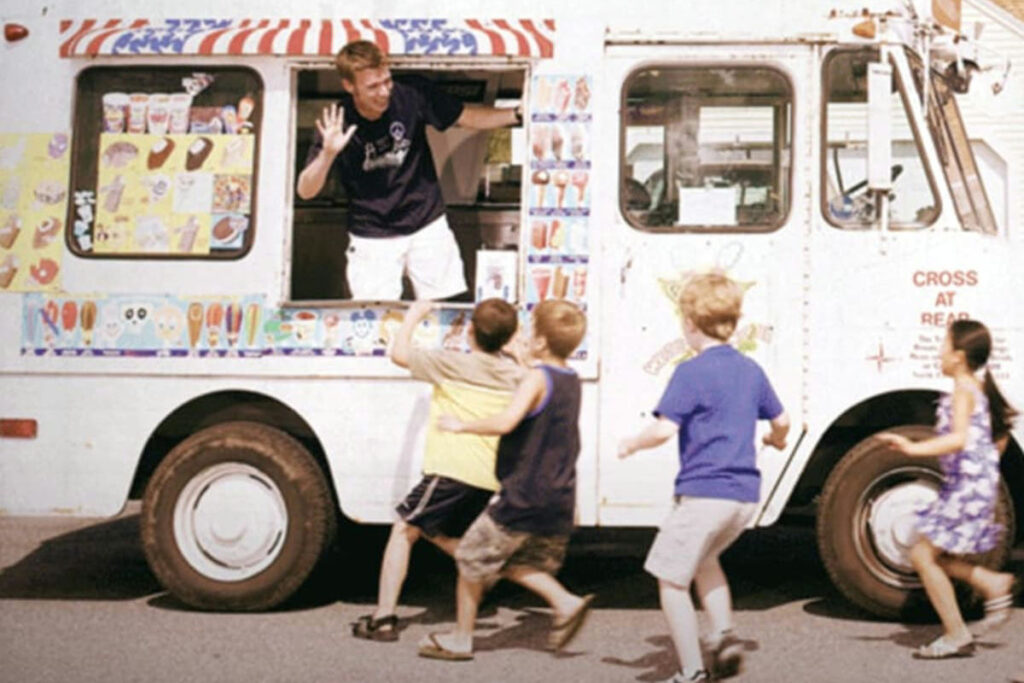
The approach of the ice cream truck was a pure, Pavlovian trigger, a sensory experience that needed no digital prompt. Long before apps could track its movements, the distinct, tinny melody of its music box, often a recognizable, looping jingle like “The Entertainer” or “Turkey in the Straw”, was enough to bring a neighborhood to its feet. As soon as the sound registered, children would bolt from every direction, backyards, porches, and front doors, like a mass sprint, their hearts pounding not from exertion, but from anticipation. In hands, they clutched sweaty, crumpled dollar bills or jingling pockets of coins, often the hard-won earnings from a lemonade stand. Data from the International Dairy Foods Association consistently shows that frozen treats are a classic summer indulgence.
8. Fishing with Dad (or Anyone with a Pole)
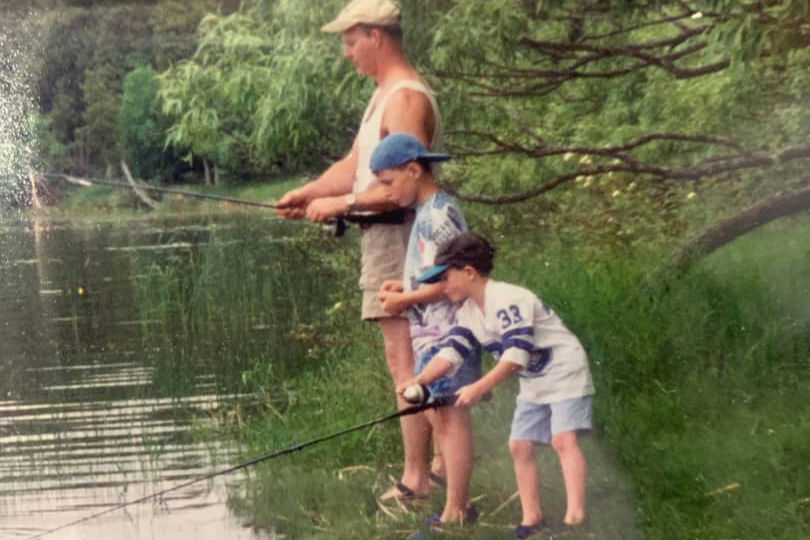
Summers often included the peaceful, meditative ritual of fishing, an activity less about the catch and more about the quiet companionship and the sensory experience of nature. It required an early start, often involving a drive to a nearby lake, pond, or pier, a cooler packed with sandwiches, and a shared thermos of lukewarm sweet tea. The equipment was simple: a rod, a reel, and a container of wriggling bait. According to the U.S. Fish and Wildlife Service, recreational fishing remains a popular activity, and studies suggest that such shared outdoor hobbies enhance intergenerational bonding. For a child, the experience was a masterclass in patience; hours could pass with nothing more than the bobbing line and the gentle lapping of water. This quiet time was often filled with casual, unforced conversations with a parent or relative, a space for simple, meaningful communication.
9. Roller Skating on Sidewalks
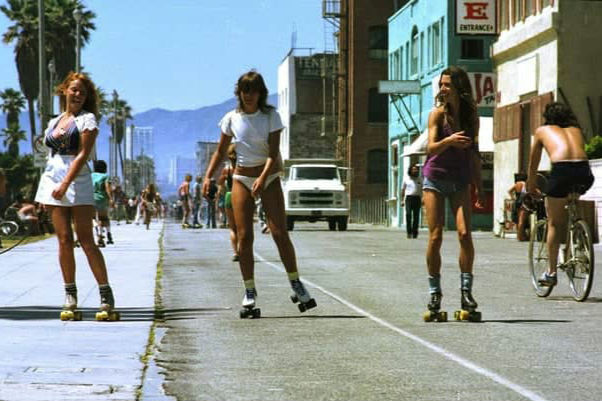
Before the advent of smooth, high-tech rollerblades, childhood propulsion was powered by clunky, four-wheeled metal skates that clamped onto the wearer’s regular sneakers with a key-like tool. Roller skating on a sidewalk was a triumph of will over physics. The skates had heavy, hard wheels that made every sidewalk crack, pebble, or uneven slab of pavement a potential disaster zone. A study published in the Journal of Pediatric Orthopaedics confirms that falls and minor injuries, such as scraped knees and elbows, were an expected, near-universal outcome of such play. Every kid of that generation had a battle-scarred story involving a dramatic tumble. Despite the inherent risk, the feeling of successfully gliding down a long stretch of pavement was one of pure, unadulterated velocity and accomplishment. The noise of the wheels, a loud, rhythmic clack-clack-clack, was the soundtrack of summer ambition. These skates turned the ordinary sidewalk into a challenging, personalized racetrack, a low-cost, high-thrill activity that offered a real sense of mastery after hours of wobbly practice.
10. Collecting and Trading Baseball Cards
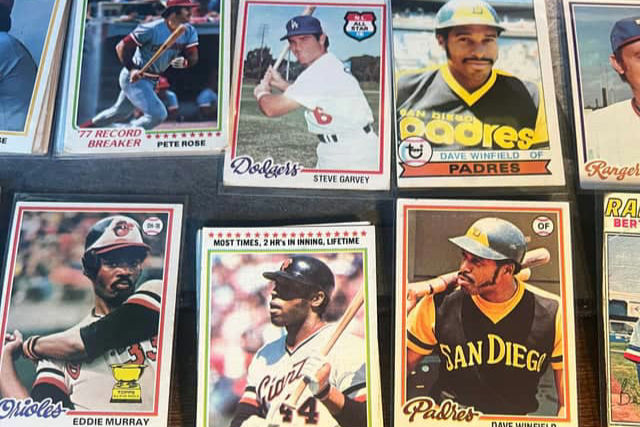
The ritual of collecting and trading baseball cards was the economic and social engine of many summer afternoons. Kids would spread their precious stacks of cards across a porch or a section of a driveway, meticulously sorting them by team, position, or value. Topps, the most iconic brand, would release a new series of cards each year, each pack containing a few random players and a stiff, chalky stick of bubble gum. A common childhood “dare” or challenge was often to chew this stale, flavorless gum. The true value, however, was in the hunt for the prized rookie card, a young player with massive future potential. This activity fostered an early understanding of scarcity, value, and negotiation. Trading was a high-stakes, face-to-face social activity that demanded quick mental math and persuasive rhetoric, as children argued over which player was worth more. A 2018 report by the Sports Card Market Tracker highlighted that the market for vintage cards still thrives, proving the emotional and nostalgic investment these children made in their collections. The cards were a tangible connection to the sport, serving as currency and a common language that bridged gaps between kids of different ages and backgrounds.
11. Treehouses and Clubhouses
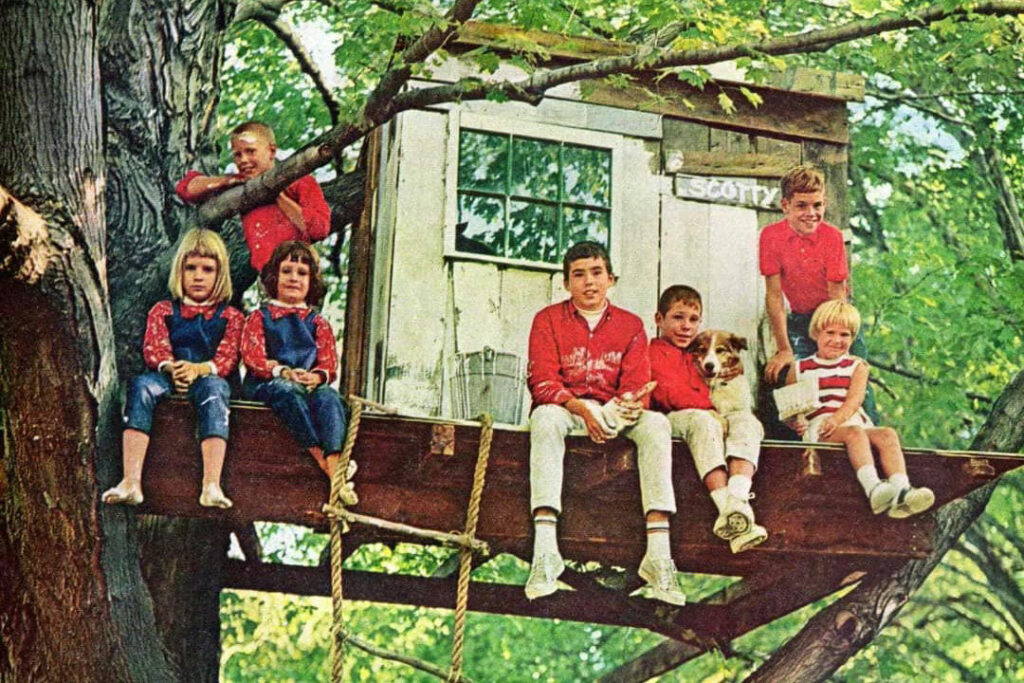
The treehouse or clubhouse was the supreme architectural achievement of childhood summer, a physical sanctuary that represented autonomy from the adult world. Whether it was a makeshift fortress of wooden planks precariously nailed to an old oak, a structure built from discarded lumber, or even just an old, cleaned-out backyard shed, it instantly became a headquarters. Sociologists view these spaces as important examples of “third places” for children, environments outside of home and school where they can gather, socialize, and develop an independent culture. The creation of this space was a collective effort, involving planning, negotiation, and manual labor, which fostered teamwork and a sense of shared ownership. Rules were strict and self-imposed, often involving complicated passwords, secret handshakes, and a clear “No Parents Allowed” sign. The clubhouse became the stage for secret meetings, the reading of comic books, the planning of neighborhood expeditions, and the simple, quiet joy of existing in a space that was truly, unequivocally, their own. It was a tangible symbol of independence, providing a physical boundary for the limitless world of a child’s imagination.
12. Running Barefoot Everywhere
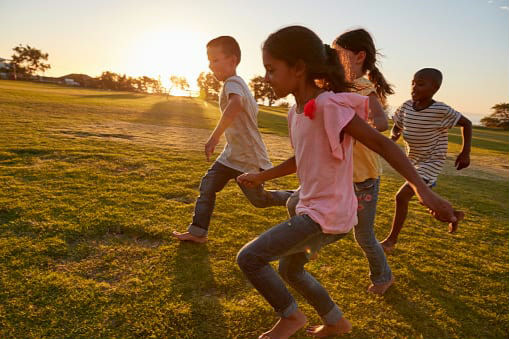
During the summer months, shoes were often seen as a hindrance, a formality that was quickly discarded in favor of the immediate, sensory connection to the ground. From the first week of June until the last week of August, kids would tear through the neighborhood with bare feet, a practice that today’s heavily-supervised, litigation-averse culture has largely discouraged. Whether it was running across dewy morning grass, kicking up clouds of dry dirt, or momentarily hopping over scorching hot pavement, the feet endured it all. The American Podiatric Medical Association acknowledges that walking barefoot can help strengthen foot muscles and improve proprioception (the body’s sense of self-movement and position). Over the course of the summer, children’s soles would become tough and calloused, a process of natural hardening that served as a badge of honor. By the time school started again, the soles were practically armor, a visible testament to a summer spent outdoors, a quiet, non-verbal narrative of where they had been and how much ground they had covered without the need for protective footwear.
13. Swimming in the Local Pool
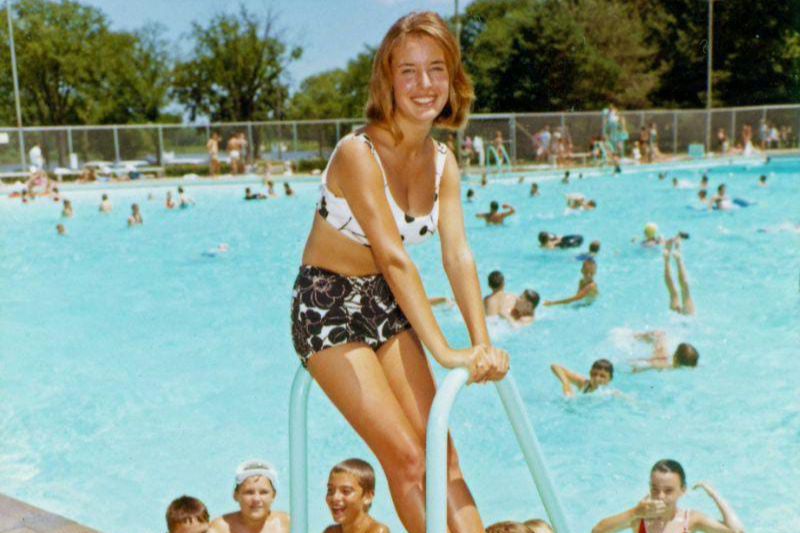
The local municipal or neighborhood pool was the undisputed epicenter of summer socialization, a sensory overload defined by the combined smell of chlorine and Coppertone sunscreen. The sting of chlorine in the eyes was a minor price to pay for the hours of aquatic freedom. For kids, the pool was a theater for low-stakes physical competitions: breath-holding contests, races across the lanes, and, most importantly, cannonball competitions judged on the sheer volume of the resulting splash. The pool provided an important communal space, an oasis of cool relief that brought together kids from various schools and streets. A peculiar tradition was the “Adult Swim,” a 15-minute interlude where children were forced to sit on the edge while adults actually swam laps. The countdown to the end of this period, marked by the lifeguard’s whistle, generated an intense, collective anticipation before the entire mass of children would leap back into the water with a single, dramatic wave. This highly structured, yet fundamentally free-form play environment was a core memory for countless children of the era.
14. Collecting Fireflies in Jars
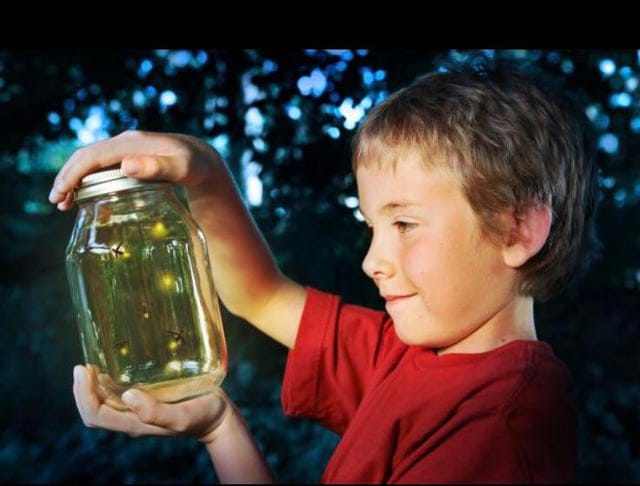
As twilight settled on warm summer evenings, the backyard was transformed into a flickering, ephemeral wonderland. The simple, charming activity of collecting fireflies (or lightning bugs) became an evening ritual. Armed with glass jars that had holes punched into the lids for ventilation, children would dart across the lawn, chasing the tiny, silent pulses of light. The bioluminescence of the firefly, a chemical reaction that produces light, fascinated every child and adult who witnessed it. Studies in entomology show that the flash patterns are actually a complex mating signal used by the insects. For a brief, magical period, the jars, held high in the dark, became glowing, temporary lanterns, small constellations created by human hands. The quiet, focused hunt served as a gentle transition from the day’s high-energy games to the calmness of the evening. The ritual always concluded with the fireflies being released back into the night, a small, respectful act of returning nature to its own domain, leaving the yard to flicker mysteriously in the deep dark.
15. Reading Comic Books on the Porch

Long before the era of digital streaming and binge-watching defined leisure time, the comic book was the primary engine of escapism and adventure for countless children. Sprawled across a porch swing, sitting on the stoop, or simply lying on a patch of sun-drenched grass, kids would devour the adventures of Superman, Spider-Man, Archie, or even the latest issue of Mad Magazine. According to the Library of Congress, which holds one of the world’s most extensive comic book collections, these publications played a vital role in improving literacy and encouraging reluctant readers due to their engaging blend of text and dynamic visual art. The physical act of turning the brightly colored, glossy pages, smelling the newsprint, and getting lost in the paneled narratives filled many a lazy summer afternoon. The porch, a semi-outdoor, semi-private space, provided the perfect low-key setting for this activity, a gentle, rhythmic rocking on a swing or the casual observation of neighborhood life punctuated the intensity of the latest superhero battle or teenage drama. It was a slow, quiet, and personally immersive form of entertainment that allowed the imagination to soar without the need for a screen.
16. Picking Up Spare Change for Candy

The pursuit of spare change was a fundamental economic activity of pre-screen summers, an independent source of capital for the most important transactions of a child’s day: the purchase of candy. Kids became highly effective scavengers, diligently scouring couch cushions, sidewalks, parking lots, and the drainage grates near corner stores for dropped dimes, nickels, and quarters. This was a direct, practical lesson in the concept of earning and budgeting, even if the budget was measured in cents. Once enough currency was collected, often just a dollar or two, the expedition to the corner store, or “penny candy” store, began. The payoff was a dizzying array of low-cost sweets: candy cigarettes, wax bottles filled with neon-colored syrup, Pixy Stix, and various taffies. A 2015 study on children’s consumer behavior noted that these early, independent purchasing experiences help develop a sense of self-efficacy and financial decision-making. The sheer joy of having the buying power to choose one’s own junk food, without parental input, was a small, yet significant, moment of autonomy.
17. Playing Flashlight Tag at Night
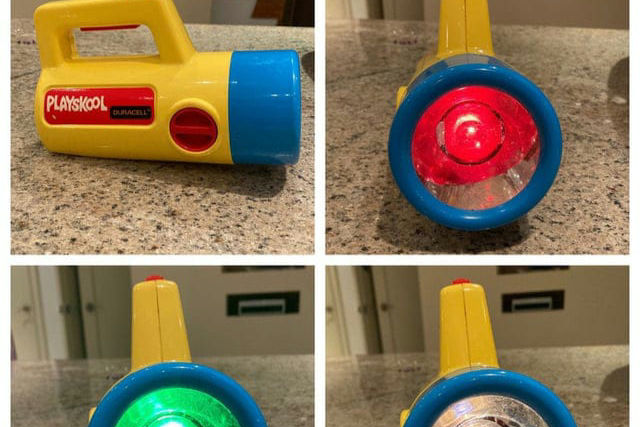
When the sun finally dipped below the horizon, the world did not shut down; it simply transformed into a new, darker playground for the game of Flashlight Tag. This activity was the nocturnal equivalent of hide-and-seek, turning ordinary backyards, clumps of trees, and parked cars into thrilling, shadow-filled landscapes. The only piece of required technology was a simple battery-powered flashlight. The person who was “It” had the responsibility of searching, their flashlight beam acting as a spotlight to catch the runners. The game thrived on the contrast between the deep darkness and the sudden, bright beam of the light, which created a surge of adrenaline. This form of physical, high-energy play, performed in a low-visibility environment, is noted by child development specialists for enhancing spatial awareness and auditory processing. The silence of the summer night was frequently shattered by the screams of caught players or the triumphant yell of the seeker, making the game a high-octane, memorable communal event that was only possible once the parents retreated indoors.
18. Swimming Holes and Creeks
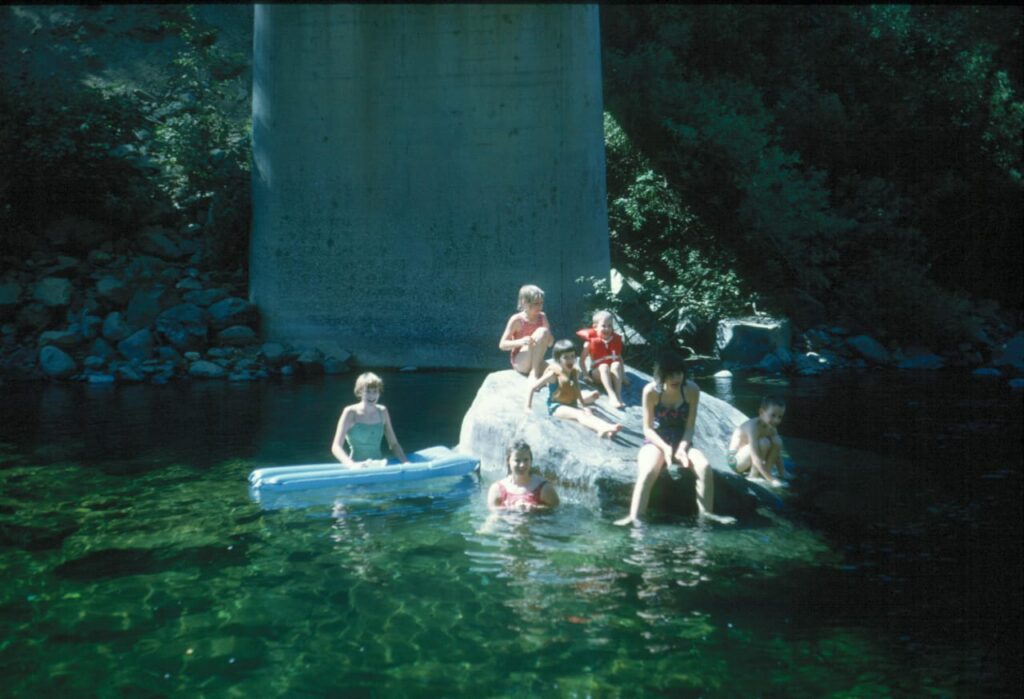
For children in rural and less-developed suburban areas, the swimming hole or creek was the un-chlorinated, natural alternative to the public pool. This form of swimming was inherently more adventurous and less supervised. The water varied, sometimes cool and clear, sometimes muddy and less predictable, but the wildness of the setting was the main draw. A classic fixture of this type of swimming was the rope swing, often tied to a sturdy tree limb hanging over the water, which offered the thrilling, brief sensation of flight before a cold, loud splash. A 2017 article on outdoor play noted that engaging with nature in this unstructured way, especially around water, helps children develop a greater appreciation for the natural environment and fosters independent risk assessment. While sometimes inherently less safe than a lifeguarded pool, the sense of primal, unbridled joy of launching oneself into the cold, dark water, surrounded by the sights and sounds of the countryside, remains one of the purest and most cherished memories of a free-range summer.
19. Building Soapbox Cars
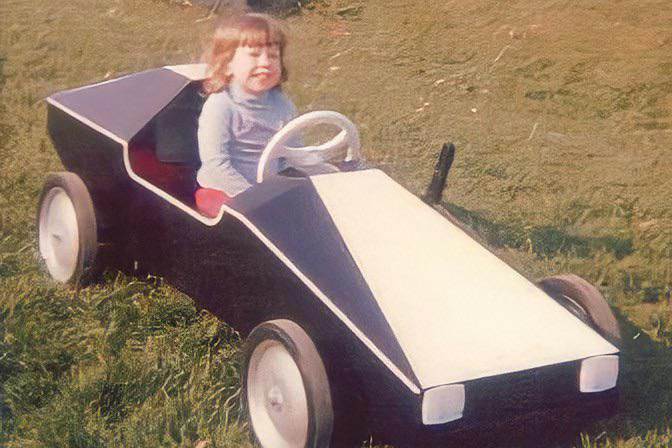
The construction of a soapbox car or “go-cart” was a serious engineering project, fueled more by aspiration and scavenged parts than by actual mechanical expertise. Using scrap wood, four wobbly wheels often pilfered from old wagons or lawnmowers, and a healthy dose of pure childhood ambition, kids would spend days designing and assembling their racers. The “steering” was rudimentary, often involving a rope tied to the front axle, and the brakes were usually nothing more than dragging one’s foot on the ground. The International Soap Box Derby, which originated in the 1930s, formalized this racing, but the backyard version was purely self-directed. The ultimate thrill was the test run: barreling down a neighborhood hill, the crude construction rattling wildly, experiencing a feeling of maximum, self-created velocity. The inevitable crashes and necessary repairs were as much a part of the fun as the race itself, teaching simple mechanics, physics, and the valuable lesson of persistence, the desire to get back on the track after a spectacular wipeout.
20. Eating Watermelon on the Porch
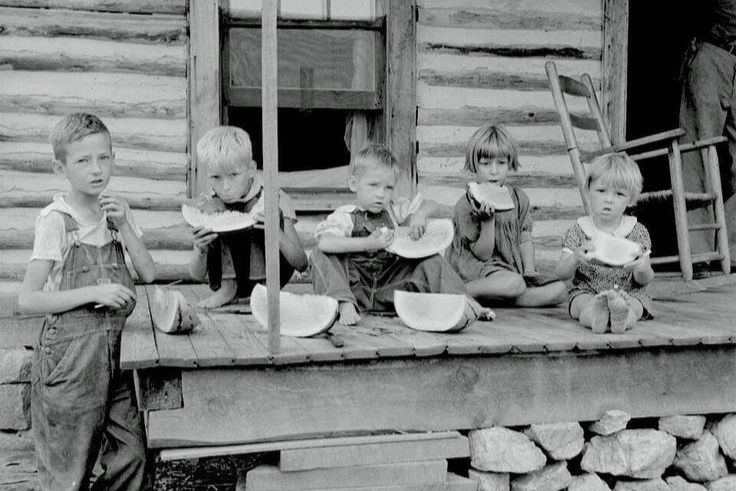
The consumption of watermelon was a signature, messy summer event that rejected formality. It was not a tidy snack sliced into neat cubes and eaten indoors. Instead, the enormous, striped fruit was typically hacked into massive, smile-stretching wedges and eaten outside, most often on a porch, stoop, or picnic blanket. The goal was to consume the pink, sugary flesh directly down to the white rind. This was a multi-sensory experience: the satisfying ‘thwack’ of the knife cutting the fruit, the cold, dripping juice running down hands and arms, and the competition to spit seeds as far as possible into the yard. The messy process was completely acceptable, with sticky faces and hands being an expected, temporary consequence of the joy. A 2019 survey of summer food traditions confirmed watermelon as a nostalgic, quintessential summer staple. The informality and communal nature of the activity, often shared among a group of sticky, laughing kids, made it less about the food and more about the simple, carefree enjoyment of a long, warm summer day.
21. Playing Board Games on Rainy Days
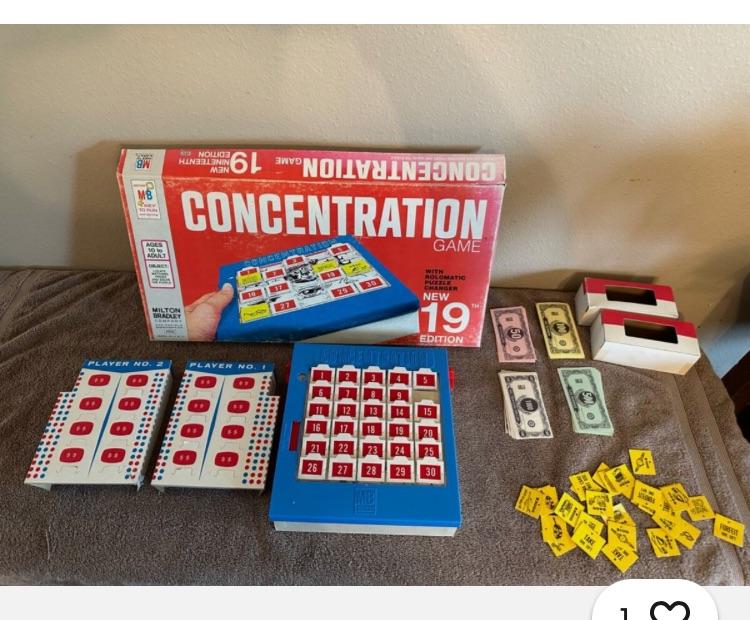
When the sky turned a dark, bruised gray and the summer downpour began, the focus of play immediately shifted indoors. The arrival of a summer thunderstorm was the universal cue to pull out the massive, colorful boxes of board games. Classics like Monopoly, Clue, Sorry!, and Risk were the staples. This activity offered a structured, mental challenge that filled the hours between the downpour and the sunshine. Studies in cognitive development show that strategy-based board games help children develop critical thinking, planning, and patience. An entire afternoon could vanish into a tense, epic battle over fake money, plastic tokens, and property deeds. The intensity of the play often led to the inevitable summer argument, a flipped board, an accusation of cheating, or a dramatic exit, but these moments of conflict and reconciliation were also part of the social learning experience. Rainy day board games served as a necessary counterbalance to the physical exhaustion of outdoor play, proving that the best kind of fun could be found right at the kitchen table.
22. Laying in the Grass and Doing Nothing
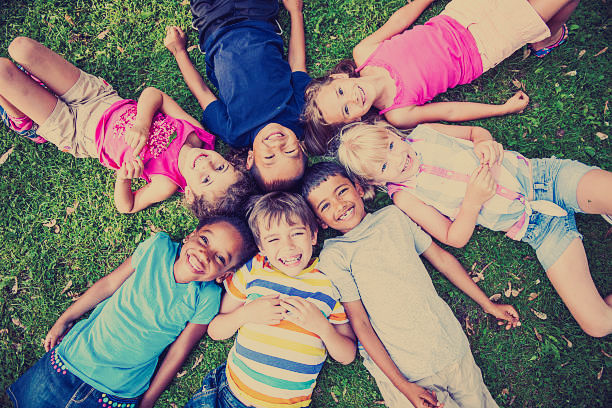
Perhaps the most underrated, yet most profound, summer activity was the simple, intentional act of doing absolutely nothing. This required only a patch of grass and an uncluttered mind. Kids would lie flat on their backs, staring up at the vast, changing canvas of the sky. This was a necessary period of unstructured, restorative downtime that allowed the young brain to decompress from the sheer volume of daily excitement. The act of cloud-gazing, imagining passing cumulus shapes as animals, castles, or cartoon characters, was a purely internal, imaginative exercise that required no external input. Psychiatrists and child development experts now champion the concept of “boredom,” arguing that it is the critical precursor to creativity, as it forces the brain to generate its own stimulus. This slow, quiet, peaceful state of simply existing in the moment, listening to the buzz of a fly, the distant sound of a lawnmower, and feeling the warmth of the sun, was a form of meditation that today’s over-scheduled, notification-driven children rarely get to experience.
This story 22 Things Kids Did on Summer Days Before Screens Took Over was first published on Daily FETCH


